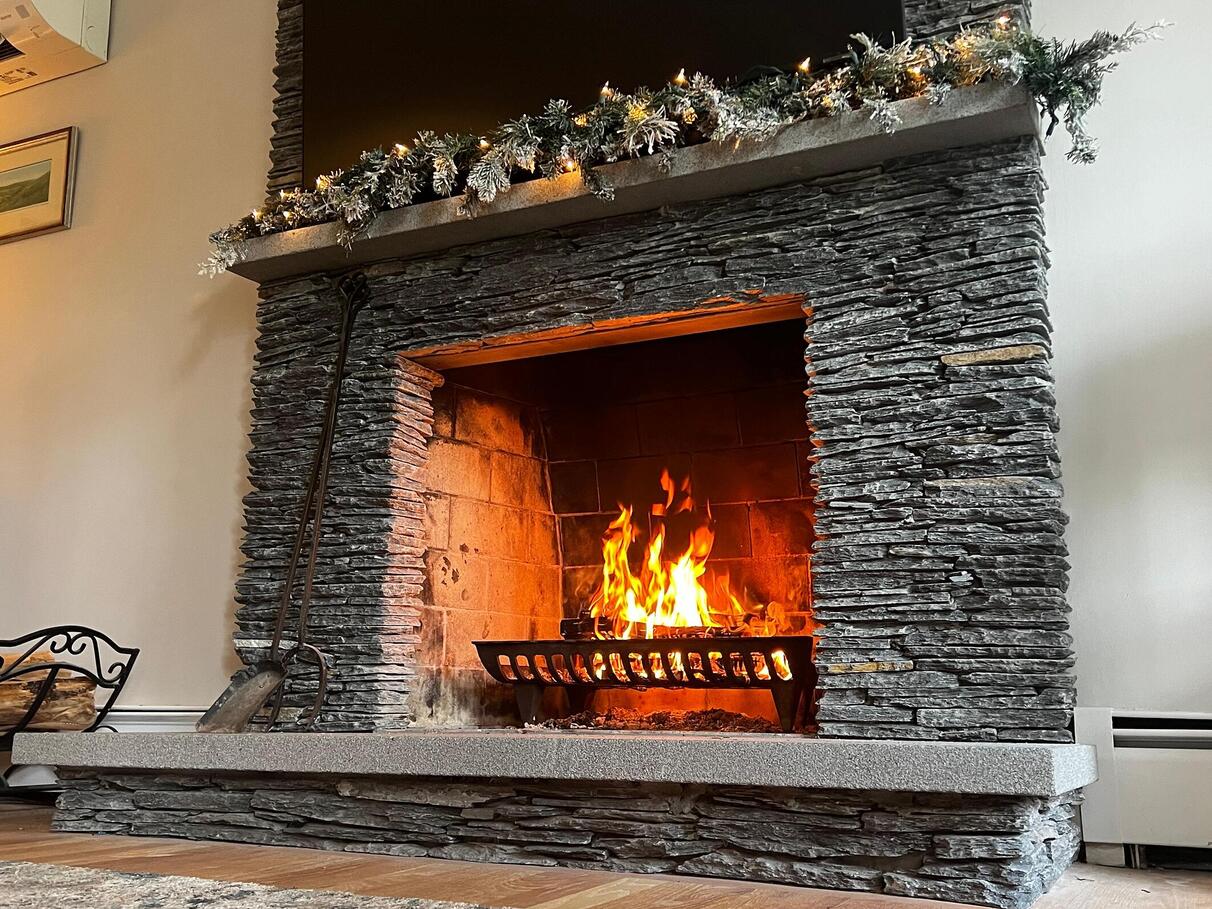

Articles
How To Clean Fireplace Stone
Modified: October 18, 2024
Discover the best methods and tips for cleaning fireplace stone in our informative articles. Keep your fireplace looking fresh and beautiful with our expert guidance.
(Many of the links in this article redirect to a specific reviewed product. Your purchase of these products through affiliate links helps to generate commission for Storables.com, at no extra cost. Learn more)
Introduction
Having a fireplace in your home can bring warmth and ambiance to your living space. If your fireplace is adorned with stone, it adds a touch of elegance and natural beauty to the room. However, over time, the stone can accumulate dirt, soot, and stains, detracting from its original splendor. Cleaning fireplace stone may seem like a daunting task, but with the right tools and techniques, you can restore its pristine condition.
In this article, we will guide you through the step-by-step process of cleaning fireplace stone. We will cover everything from the tools and materials you will need to the proper techniques for removing debris and stubborn stains. Whether your stone fireplace is made of granite, marble, or any other type of stone, these cleaning methods can be applied to achieve remarkable results.
Before we jump into the cleaning process, it is important to note that the specific cleaning method may depend on the type of stone you have. Some stones may be more delicate and require gentle handling, while others may be more resistant to stains. It is always a good idea to refer to the manufacturer’s instructions or consult with a professional if you are unsure about the type of stone or the appropriate cleaning method. Now, let’s gather the necessary tools and materials to get started.
Key Takeaways:
- Restore the beauty of your fireplace stone by following a step-by-step cleaning process using gentle tools, mild dish soap, and thorough rinsing to achieve remarkable results.
- Take the necessary precautions, gather the right tools, and apply gentle cleaning techniques to effectively remove dirt, stains, and grime from your fireplace stone, ensuring a cozy and welcoming ambiance in your home.
Read more: How To Clean Soot Off Stone Fireplace
Tools and Materials Needed
Before you begin cleaning your fireplace stone, gather the following tools and materials:
- Protective gear: Wear gloves to protect your hands and safety goggles to shield your eyes from debris and cleaning agents.
- Dust mask: A dust mask will help prevent inhalation of fine particles and soot during the cleaning process.
- Soft bristle brush: Use a brush with soft bristles, such as a nylon or natural bristle brush, to gently remove loose debris and dirt from the stone surface.
- Vacuum cleaner: A vacuum cleaner with a brush attachment will help efficiently remove loose dust and debris from the fireplace area.
- Mild dish soap: Choose a gentle dish soap that does not contain any harsh chemicals or abrasive substances.
- Bucket: A bucket is needed to mix the cleaning solution and hold water for rinsing the stone.
- Sponge or cloth: Use a non-abrasive sponge or cloth to apply the cleaning solution onto the stone surface.
- Soft towels or rags: These will be used to dry the stone after rinsing.
- Stone sealer (optional): If you wish to seal the stone after cleaning, choose a suitable stone sealer based on the type of stone you have.
Having these tools and materials ready will ensure that you have a smooth and effective cleaning process. Now that you’ve gathered everything you need, it’s time to prepare the fireplace before cleaning. Let’s move on to the next step.
Preparing the Fireplace
Before you begin cleaning the fireplace stone, it’s important to take a few steps to prepare the area:
- Clear the fireplace: Remove any logs, tools, or decorations from the fireplace to ensure easy access to the stone surface. Place them in a safe location away from the cleaning area.
- Lay down protective coverings: Protect the surrounding floor and furniture by placing drop cloths or plastic sheets in the area. This will prevent any cleaning solution or debris from damaging your belongings or causing stains.
- Open windows or provide ventilation: Cleaning stone can sometimes produce fumes or give off a strong odor. Ensure proper ventilation by opening windows or turning on fans to keep the air circulating during the cleaning process.
By taking these preparatory steps, you will create a safe and clean working environment for your fireplace stone cleaning project. Now that the area is ready, let’s move on to the next step: removing loose debris from the stone surface.
Removing Loose Debris
Before you can begin the actual cleaning process, it is important to remove any loose debris from the surface of the fireplace stone. This includes dust, dirt, and any loose ash or soot. Here’s how you can effectively remove loose debris:
- Put on your protective gear: Wear gloves and a dust mask to protect yourself from the debris and dust.
- Use a soft bristle brush: Take a soft bristle brush, such as a nylon brush or natural bristle brush, and gently sweep the surface of the stone. Start from the top and work your way down to ensure that any loose debris falls onto the drop cloths or plastic sheets that you’ve placed on the floor.
- Vacuum the area: After brushing off the loose debris, use a vacuum cleaner with a brush attachment to further clean the surface. Vacuum the stone and the surrounding area to remove any fine dust or particles that may have settled.
- Inspect for remaining debris: Examine the stone surface closely to ensure that all loose debris has been removed. If you notice any remaining debris, use the brush or vacuum cleaner to get rid of it. It’s crucial to start with a clean surface before moving on to the actual cleaning step.
By removing loose debris, you are creating a clean foundation for the cleaning process. This step will prevent any dirt or debris from interfering with the effectiveness of the cleaning solution and ensure that the stone is thoroughly cleaned. Now that the loose debris has been taken care of, it’s time to mix the cleaning solution.
Mixing the Cleaning Solution
Mixing the right cleaning solution is essential for effectively cleaning fireplace stone. The cleaning solution should be gentle enough to avoid damaging the stone but strong enough to remove stains and grime. Follow these steps to mix the cleaning solution:
- Fill a bucket with warm water: Start by filling a bucket with warm water. The water should be warm enough to aid in the cleaning process but not too hot to risk damaging the stone.
- Add mild dish soap: Add a small amount of mild dish soap to the warm water. The dish soap will help break down grease and other residue on the stone surface.
- Stir the mixture: Use a spoon or your hand (wearing gloves) to stir the mixture. Ensure that the dish soap is well mixed with the water.
- Test the solution on a small area: Before applying the cleaning solution to the entire stone surface, it is a good idea to test it on a small, inconspicuous area. This will help determine if the solution is safe to use and does not cause any discoloration or damage to the stone.
It’s important to note that for certain types of stone, such as marble or limestone, acidic or abrasive cleaners should be avoided, as they can cause etching or scratching. Always refer to the manufacturer’s instructions or consult with a professional for specific cleaning recommendations for your particular stone.
Once you have the cleaning solution mixed and tested, you’re ready to move on to the next step: applying the cleaning solution to the stone surface.
Read more: How To Put Stone On Fireplace
Applying the Cleaning Solution
Now that you have the cleaning solution mixed and tested, it’s time to apply it to the fireplace stone. Follow these steps to effectively apply the cleaning solution:
- Put on your protective gear: Wear gloves to protect your hands while handling the cleaning solution.
- Dampen a sponge or cloth: Take a non-abrasive sponge or cloth and dampen it with the cleaning solution. Make sure the sponge or cloth is not dripping wet but has enough moisture to apply the solution onto the stone surface.
- Gently wipe the stone surface: Starting from the top of the fireplace, gently wipe the stone surface with the damp sponge or cloth. Use smooth and even strokes, applying the cleaning solution to the entire surface. Be sure to cover all areas, including corners, crevices, and hard-to-reach spots.
- Allow the solution to sit: After applying the cleaning solution, let it sit on the stone surface for a few minutes. This will allow the solution to penetrate and loosen any stubborn stains or grime.
While applying the cleaning solution, it’s important to avoid excessive scrubbing or vigorous rubbing, as it can damage the stone surface. Remember, gentle yet thorough cleaning is key to preserving the integrity of the stone. Now that the solution has had some time to work its magic, it’s time to move on to the next step: scrubbing the stone surface.
Scrubbing the Stone
After allowing the cleaning solution to sit for a few minutes, it’s time to scrub the stone surface to remove dirt, stains, and grime. Follow these steps to effectively scrub the fireplace stone:
- Put on your protective gear: Wear gloves to protect your hands during the scrubbing process.
- Take a soft-bristle brush: Use a soft-bristle brush, such as a nylon brush or natural bristle brush, to gently scrub the stone surface. Start from the top and work your way down, using small, circular motions. Focus on areas with visible stains or dirt buildup.
- Apply gentle pressure: Apply gentle pressure to the brush while scrubbing. Avoid using excessive force, as it may damage the stone. The goal is to remove dirt and stains without causing any abrasions.
- Continue scrubbing the entire stone surface: Scrub the entire stone surface, paying attention to any areas that have accumulated more dirt or stains. Take your time and be thorough in your scrubbing.
- Rinse the brush periodically: As you scrub, rinse the brush periodically to remove any debris or buildup. This will ensure that the brush remains effective throughout the process.
It’s important to note that the scrubbing process may vary depending on the type of stone you have. Some stones may be more delicate and require extra caution during scrubbing, while others may be more resilient. Always refer to the manufacturer’s instructions or consult with a professional if you are unsure about the specific requirements of your stone.
Once you have thoroughly scrubbed the stone surface, it’s time to move on to the next step: removing stubborn stains that may still be present.
Use a mixture of warm water and mild dish soap to gently scrub the fireplace stone. Avoid using harsh chemicals or abrasive materials that could damage the stone. Rinse thoroughly and dry with a soft cloth.
Removing Stubborn Stains
While scrubbing the stone surface may remove most dirt and stains, there may be stubborn stains that require extra attention. Follow these steps to effectively remove stubborn stains from fireplace stone:
- Identify the type of stain: Determine the type of stain you are dealing with. Common stains on fireplace stone include soot, grease, water stains, and rust.
- Use a specialized stain remover: Depending on the type of stain, use a specialized stain remover designed for the specific stain. There are different stain removers available for different types of stains, such as soot remover, oil and grease remover, or rust stain remover.
- Follow the instructions: Read and follow the instructions provided with the stain remover carefully. Apply the stain remover to the affected area and let it sit for the recommended amount of time.
- Gently scrub the stained area: Use a soft-bristle brush or a cloth to gently scrub the stained area after applying the stain remover. Be careful not to scrub too hard or use abrasive materials that may damage the stone surface.
- Rinse thoroughly: After scrubbing, thoroughly rinse the area with water to remove any residue from the stain remover. Make sure to rinse away all remnants of the cleaning product to prevent any damage or discoloration to the stone.
- Repeat if necessary: If the stain persists after the initial attempt, you may need to repeat the process or try a different stain removal method. Some stains may require multiple treatments to completely remove.
It’s important to note that different types of stone may react differently to stain removal products. Always test the stain remover on a small, inconspicuous area of the stone first to ensure that it does not cause any damage or discoloration. If you’re unsure or dealing with particularly stubborn stains, it’s best to seek professional advice or assistance for safe and effective stain removal.
After addressing stubborn stains, it’s time to move on to the next step: rinsing the stone surface to remove any remaining cleaning solution and residue.
Rinsing the Stone
Once you have completed the cleaning process, it’s important to thoroughly rinse the stone to remove any remaining cleaning solution and residue. Follow these steps to effectively rinse the fireplace stone:
- Prepare a bucket of clean water: Fill a bucket with clean water. The water should be at room temperature.
- Dampen a clean sponge or cloth: Take a fresh sponge or cloth and dampen it with the clean water from the bucket. Make sure the sponge or cloth is not soaking wet, but has enough moisture to rinse the stone surface.
- Wipe the stone surface: Starting from the top and working your way down, gently wipe the stone surface with the damp sponge or cloth. Rinse the sponge or cloth frequently in the clean water to remove any residue.
- Inspect for any remaining residue: After rinsing, carefully inspect the stone surface for any remaining residue or cleaning solution. If you notice any areas that still have residue, repeat the rinsing process until the stone is completely clean.
- Change the water if needed: If the water in the bucket becomes dirty or cloudy, change it to ensure that you are using clean water for rinsing.
It’s important to thoroughly rinse the stone to prevent any leftover cleaning solution from drying on the surface, which can leave behind streaks or residue. By properly rinsing, you will ensure that the stone is clean and ready for the next step: drying.
Note: If you are cleaning a larger fireplace or a larger stone surface, you may also consider using a gentle spray nozzle attachment on a hose for rinsing. Adjust the water pressure to a gentle setting to avoid damaging the stone.
Read more: How To Whitewash A Stone Fireplace
Drying the Stone
After rinsing, it’s important to properly dry the fireplace stone to avoid any water spots or moisture-related issues. Follow these steps to effectively dry the stone:
- Use soft towels or rags: Take soft towels or rags and gently pat the stone surface dry. Avoid rubbing the stone vigorously, as it may cause scratches or damage.
- Pay attention to corners and crevices: Make sure to thoroughly dry any corners or crevices where water may have accumulated during the cleaning process. Use a dry cloth or towel to reach these areas if needed.
- Let air-dry if necessary: If you are unable to completely dry the stone with towels or rags, allow it to air-dry naturally. Open windows or use fans to improve air circulation and hasten the drying process.
- Avoid heat sources: While drying, it’s important to avoid direct heat sources such as hair dryers or heating vents, as they can cause the stone to dry too quickly and potentially crack or warp.
- Inspect for any remaining moisture: After drying, carefully inspect the stone surface to ensure that there is no remaining moisture. If you notice any wet spots or dampness, continue the drying process until the stone is completely dry.
Drying the stone thoroughly is essential to prevent any moisture-related issues, such as water spots or the growth of mold and mildew. By following these steps, you will ensure that your fireplace stone is clean, dry, and ready for use.
Next, we will discuss an optional step: sealing the stone to provide added protection and enhance its appearance.
Sealing the Stone (Optional)
Sealing the fireplace stone is an optional step that can provide added protection against stains, moisture, and wear. It can also enhance the natural beauty of the stone and make future cleaning easier. Here’s how you can seal the stone:
- Choose a suitable stone sealer: Select a stone sealer that is appropriate for the type of stone you have. There are different sealers available for various types of stone, such as granite, marble, limestone, or slate. Read the manufacturer’s instructions and choose a sealer specifically formulated for your stone.
- Clean the stone surface: Before applying the sealer, ensure that the stone surface is clean and dry. Use the cleaning methods mentioned earlier in this article to thoroughly clean the stone and let it dry completely before proceeding.
- Follow the sealer instructions: Read the instructions provided with the sealer carefully and follow them accordingly. Some sealers may require you to shake or mix the product before application.
- Apply the sealer: Use a clean, soft cloth or a brush to apply the sealer onto the stone surface. Work in small sections, ensuring even coverage. Make sure to apply the sealer in a thin, even layer, avoiding excessive application that may lead to a sticky residue.
- Allow the sealer to penetrate: Let the sealer penetrate the stone surface for the recommended duration specified by the manufacturer. This allows it to bond and form a protective barrier.
- Wipe away excess sealer: After the recommended time, gently wipe away any excess sealer using a clean cloth. Ensure that no residue remains on the stone surface.
- Let the sealer dry: Allow the sealer to dry according to the manufacturer’s instructions. This usually takes a few hours or overnight. Avoid touching or using the stone surface until the sealer is completely dry.
Sealing the stone can provide long-lasting protection, but it is important to note that sealers may need to be reapplied periodically, depending on the specific product and usage. Refer to the instructions of the sealer for information on reapplication timelines.
Remember, sealing the stone is an optional step and may not be necessary for all types of stone. Consult the manufacturer’s recommendations or seek professional guidance to determine if sealing is suitable for your fireplace stone.
In the final section, we will provide some additional tips and precautions to ensure the best results when cleaning and maintaining your fireplace stone.
Final Tips and Precautions
Here are some final tips and precautions to keep in mind when cleaning and maintaining your fireplace stone:
- Regular cleaning: Regularly clean your fireplace stone to prevent dirt and stains from building up. This will make the cleaning process easier and maintain the stone’s appearance.
- Avoid abrasive materials: When cleaning, avoid using abrasive materials such as steel wool, harsh brushes, or acidic cleaners as they can scratch or etch the stone surface. Stick to soft-bristle brushes and gentle cleaning solutions.
- Test cleaning solutions: Always test any cleaning solution or stain remover on a small, inconspicuous area of the stone before applying it to the entire surface. This will help ensure that the solution does not cause any damage or discoloration.
- Protect the surrounding area: When cleaning, cover the surrounding area with drop cloths or plastic sheets to prevent damage to nearby furniture, flooring, or other items.
- Be cautious with heat: Avoid cleaning the stone when it is still hot from recent fireplace use. Allow the stone to cool down completely before cleaning to avoid any potential risks.
- Follow manufacturer’s instructions: If your fireplace stone has specific cleaning instructions provided by the manufacturer, be sure to follow them for the best results.
- Seek professional advice: If you’re unsure about the type of stone or the appropriate cleaning method, it’s always a good idea to consult with a professional in order to avoid any potential damage to the stone.
- Maintain the fireplace: In addition to cleaning the stone, make sure to regularly maintain your fireplace by regularly removing ashes, inspecting the chimney, and addressing any ventilation issues. This will help ensure the longevity of your fireplace and the stone surrounding it.
By following these tips and taking the necessary precautions, you can keep your fireplace stone looking clean, beautiful, and well-maintained for years to come. Remember, proper care and maintenance will preserve the natural charm of your fireplace stone and create a warm and welcoming ambiance in your home.
We hope this guide has provided you with valuable insights and guidance on how to effectively clean and maintain your fireplace stone. Enjoy the cozy atmosphere and stunning beauty of your fireplace magnified by the sparkling clean stone!
And remember, if you ever need assistance or have any queries, don’t hesitate to reach out to a professional in the field.
Happy cleaning!
Conclusion
Cleaning fireplace stone may seem like a daunting task, but with the right tools, techniques, and a little bit of time and effort, you can restore the beauty and elegance of your fireplace and create a cozy ambiance in your living space. By following the step-by-step instructions outlined in this guide, you can effectively remove dirt, stains, and grime from your fireplace stone.
Remember, before you start cleaning, take the necessary precautions to protect yourself and the surrounding area. Gather the tools and materials needed, and prepare the fireplace by clearing away any items and laying down protective coverings.
Begin by removing loose debris from the stone surface using a soft-bristle brush and a vacuum cleaner. Then, mix a cleaning solution using warm water and mild dish soap. Test the solution on a small area before applying it to the entire stone surface.
Apply the cleaning solution gently with a damp sponge or cloth, and let it sit for a few minutes to allow it to penetrate and loosen any grime. After that, scrub the stone surface using a soft-bristle brush, working in small circular motions.
If you encounter stubborn stains, use specialized stain removers according to the manufacturer’s instructions. Rinse the stone thoroughly with clean water to remove any residue or cleaning solution.
Once the stone is clean, dry it thoroughly using soft towels or rags. Inspect the surface for any remaining moisture, and ensure that it is completely dry before moving on.
Sealing the stone is an optional step that can provide added protection and enhance its appearance. Choose a suitable stone sealer, apply it according to the manufacturer’s instructions, and allow it to dry completely.
Finally, remember to follow the additional tips and precautions provided in this guide to maintain and care for your fireplace stone. Regular cleaning and proper maintenance will keep your fireplace stone looking beautiful and will prolong its lifespan.
We hope this guide has empowered you with the knowledge and confidence to clean your fireplace stone effectively. Enjoy the warmth and charm of your fireplace as it shines with the beauty of clean and well-maintained stone.
So go ahead, roll up your sleeves, and give your fireplace stone the love and attention it deserves. Happy cleaning!
Frequently Asked Questions about How To Clean Fireplace Stone
Was this page helpful?
At Storables.com, we guarantee accurate and reliable information. Our content, validated by Expert Board Contributors, is crafted following stringent Editorial Policies. We're committed to providing you with well-researched, expert-backed insights for all your informational needs.





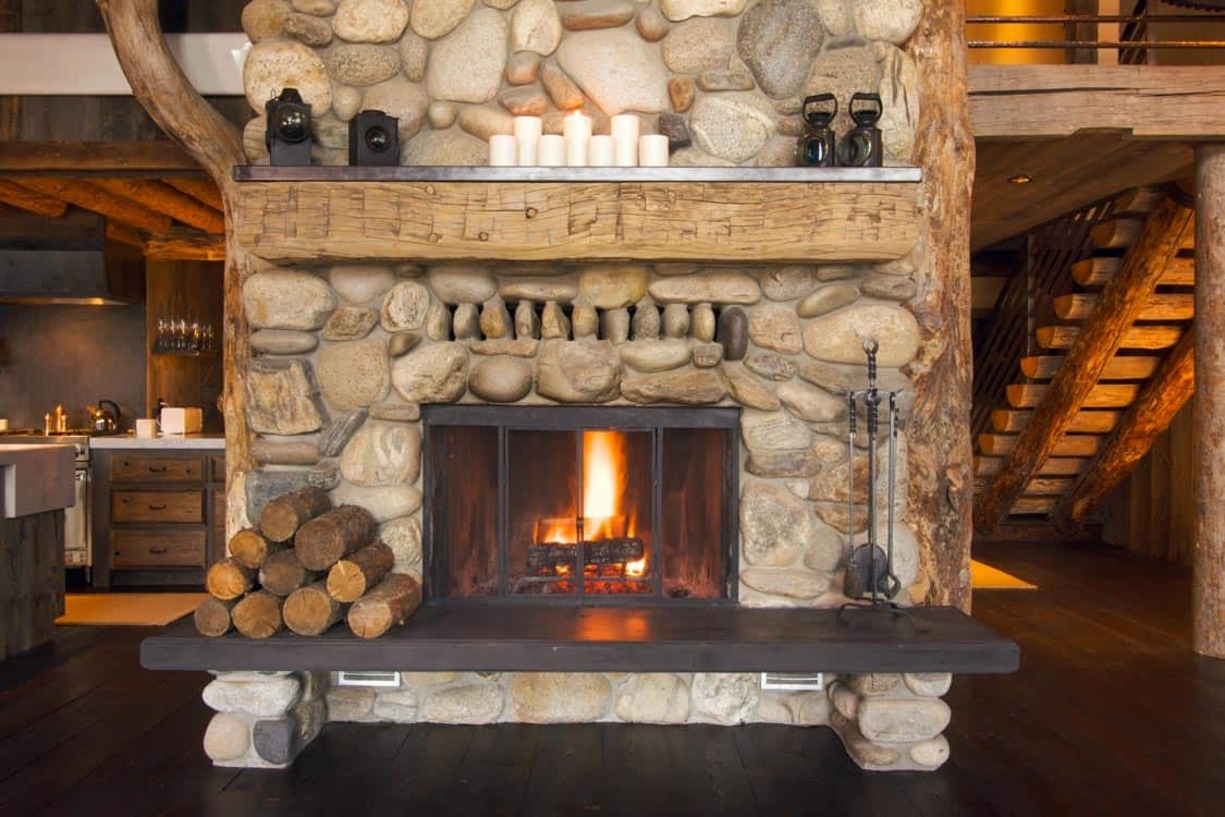


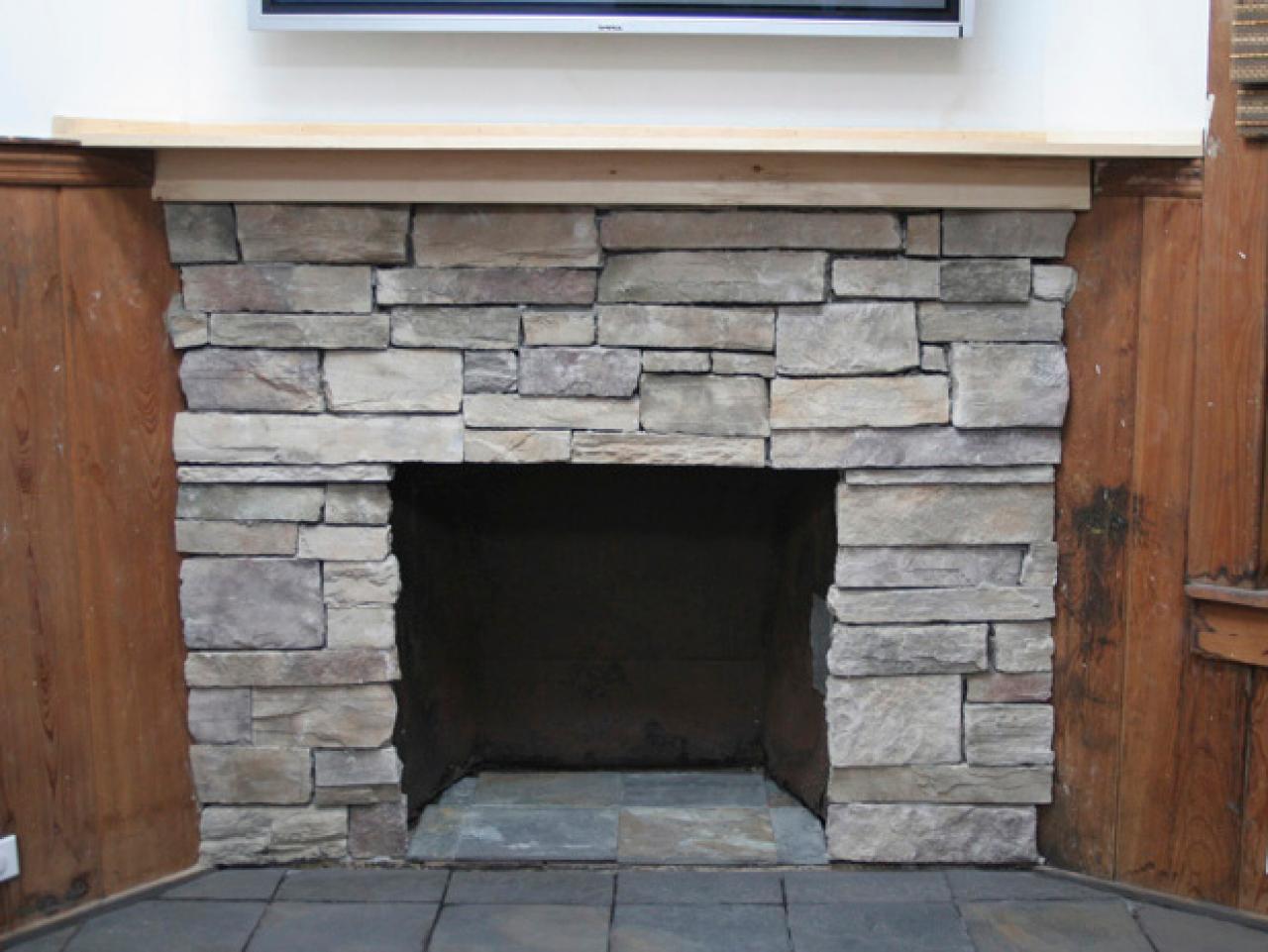


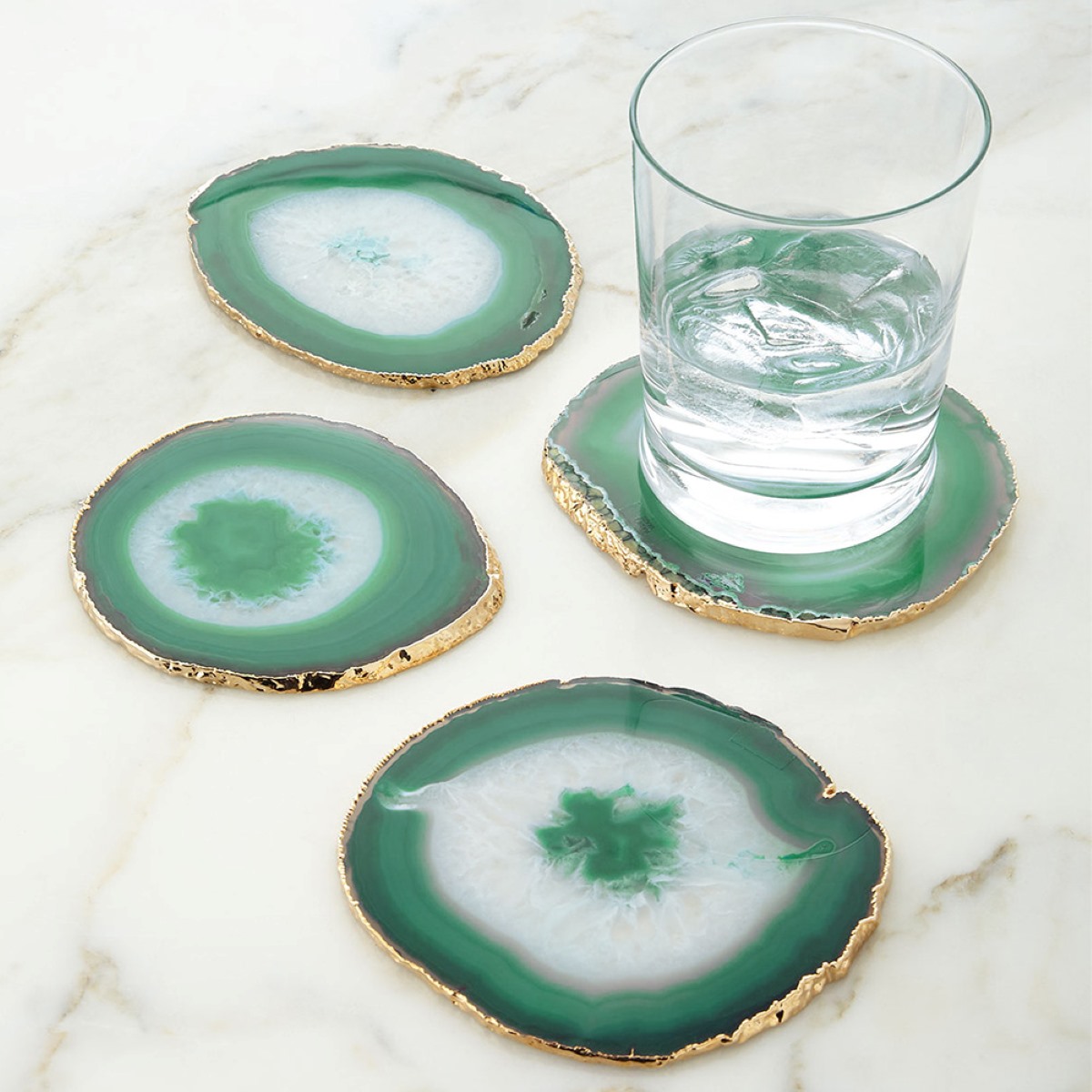
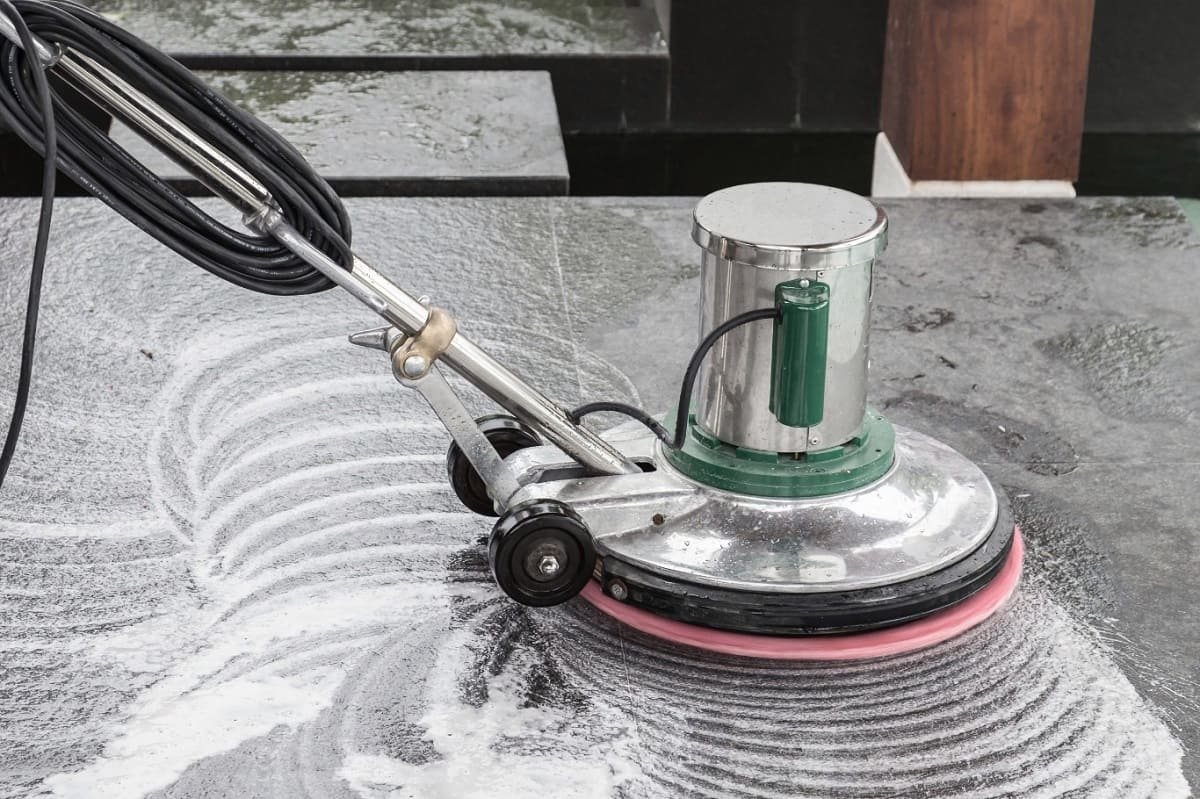

0 thoughts on “How To Clean Fireplace Stone”